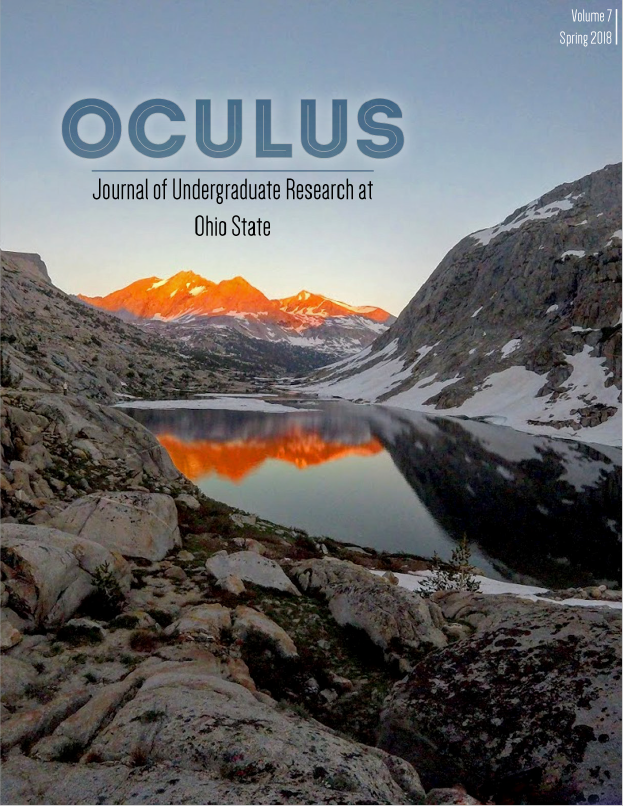The Blue Crab Fights Against External Challenges
Abstract
Being a part of the supplemental summer diet all along the east coast, the Maryland Blue Crab has seen its share of changing times. Throughout its history, the iconic colorful crab has met external factors out of its control that have affected its population.
In its earliest years, it has been traced back to the diet of Native Americans and early settlers from 1600 through the 1700s. As soon as the modern era of refrigeration hit in the early 1900s it became a main commodity for those who live along the entire eastern shore. In this day and age, modern challenges to the Blue Crab include pollution, increased human population, global warming; all of which contribute to what seems like a steady decline in the population of this iconic species.
The people who most enjoy the Blue Crab have felt the effects of the population decrease as well, prices of Blue Crab, in any form, have increased almost exponentially in the past fifty years. Now, in the past five years alone, prices of the crab in the mid-east coast have nearly doubled in price compared to fifteen years prior. Although far from being endangered, it is ever more prevalent to understand why this historic species cannot hold its own in the fight against external challenges.
Downloads
Published
Issue
Section
License
Copyright (c) 2018 The Journal of Undergraduate Research at Ohio State


